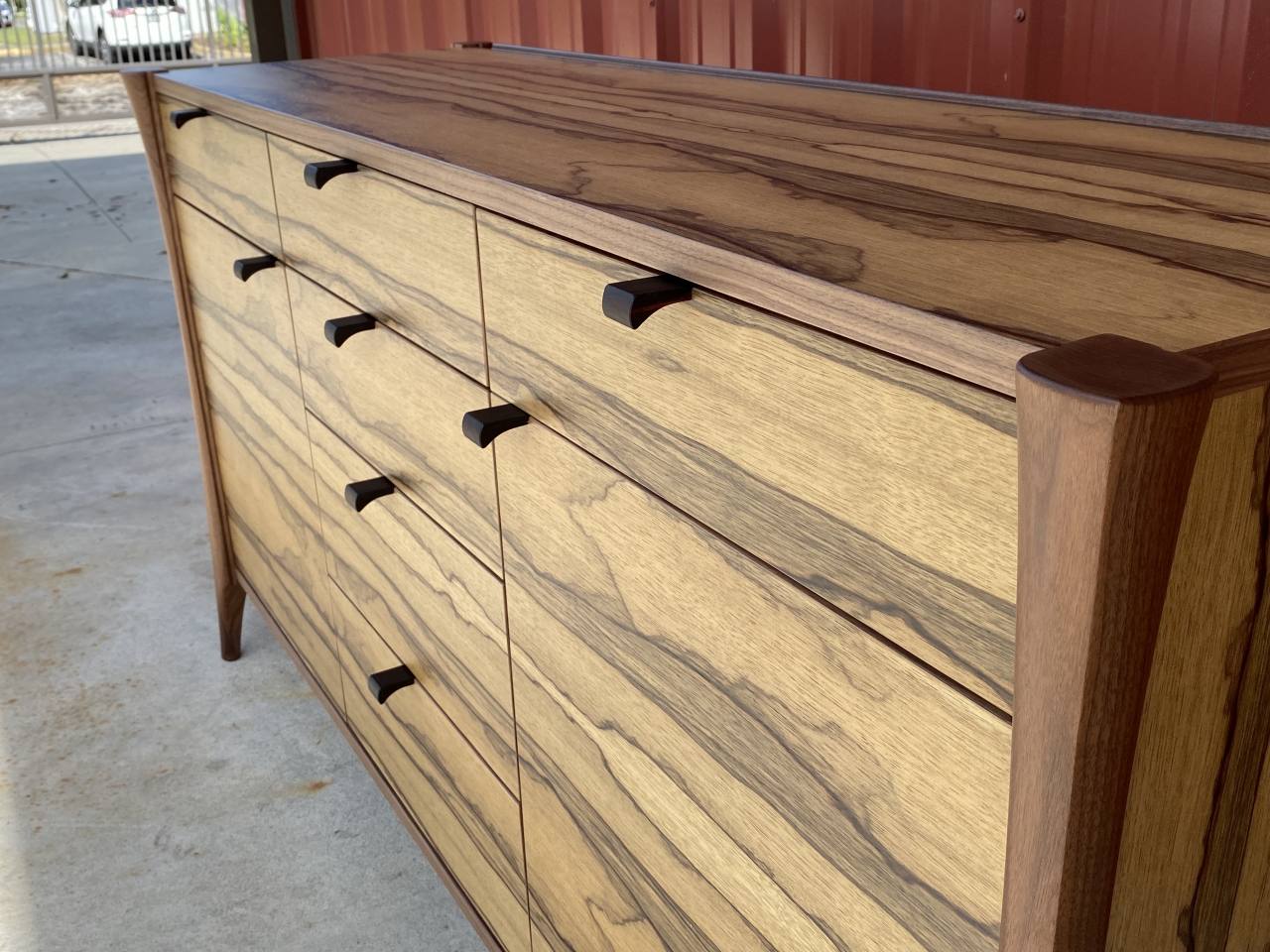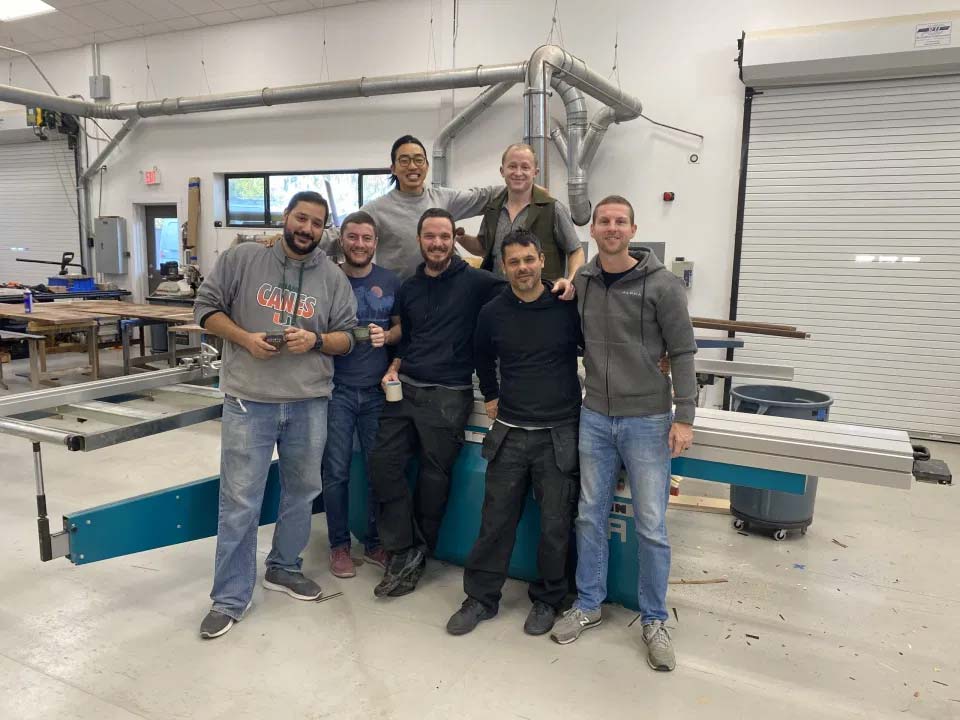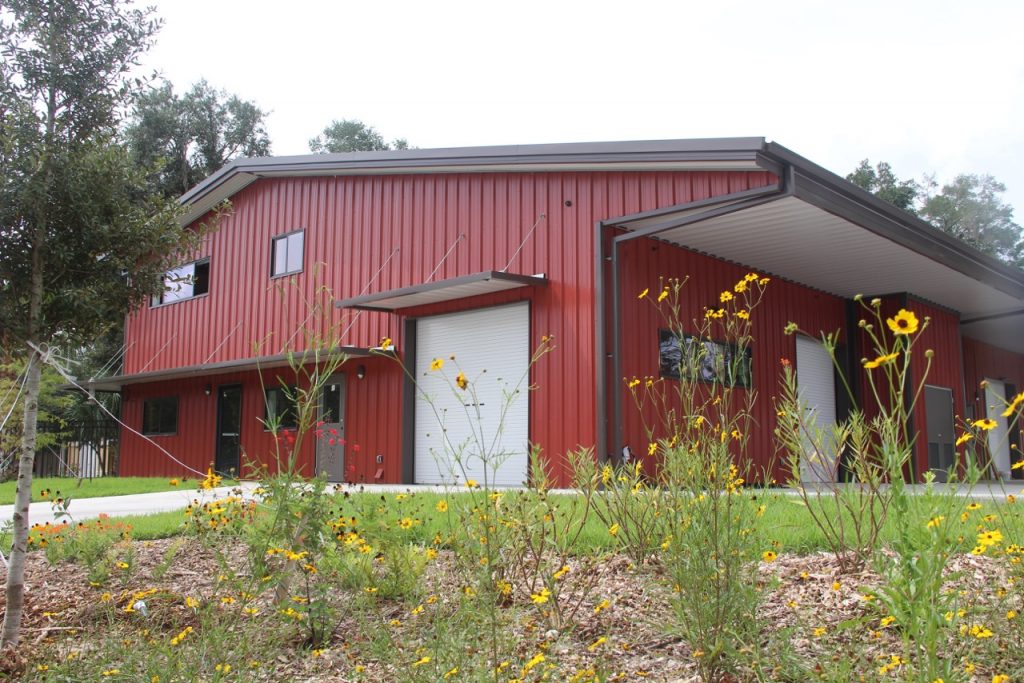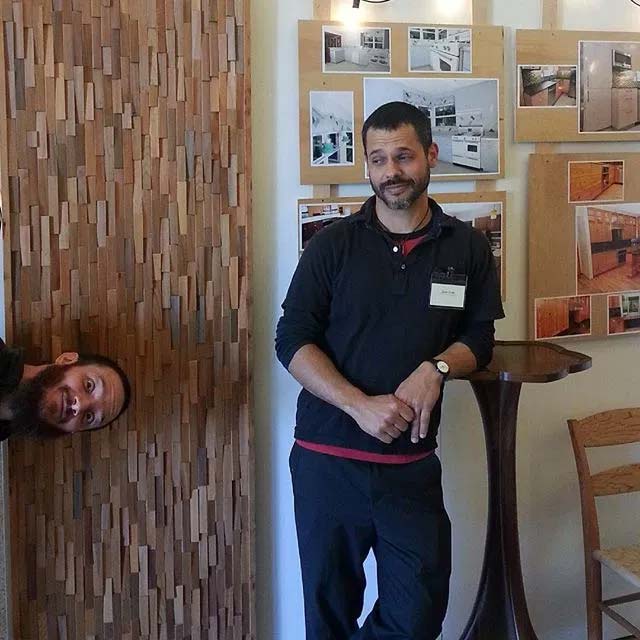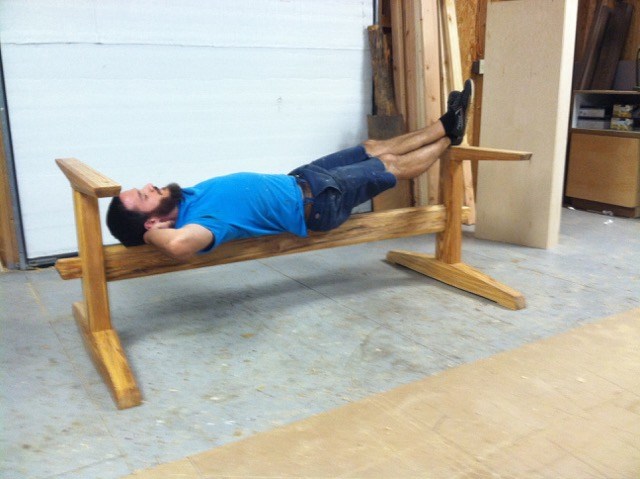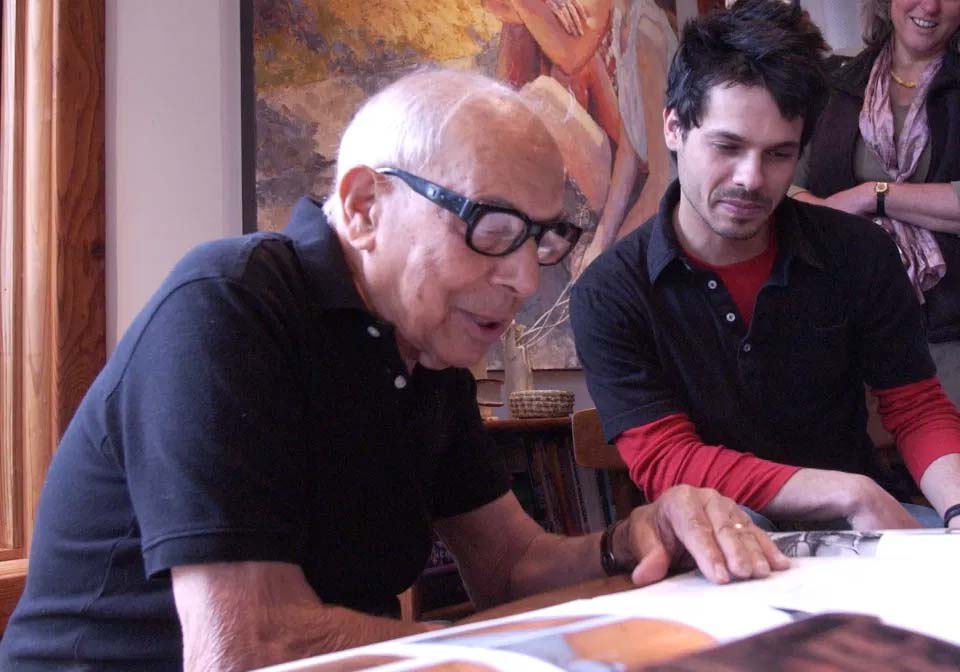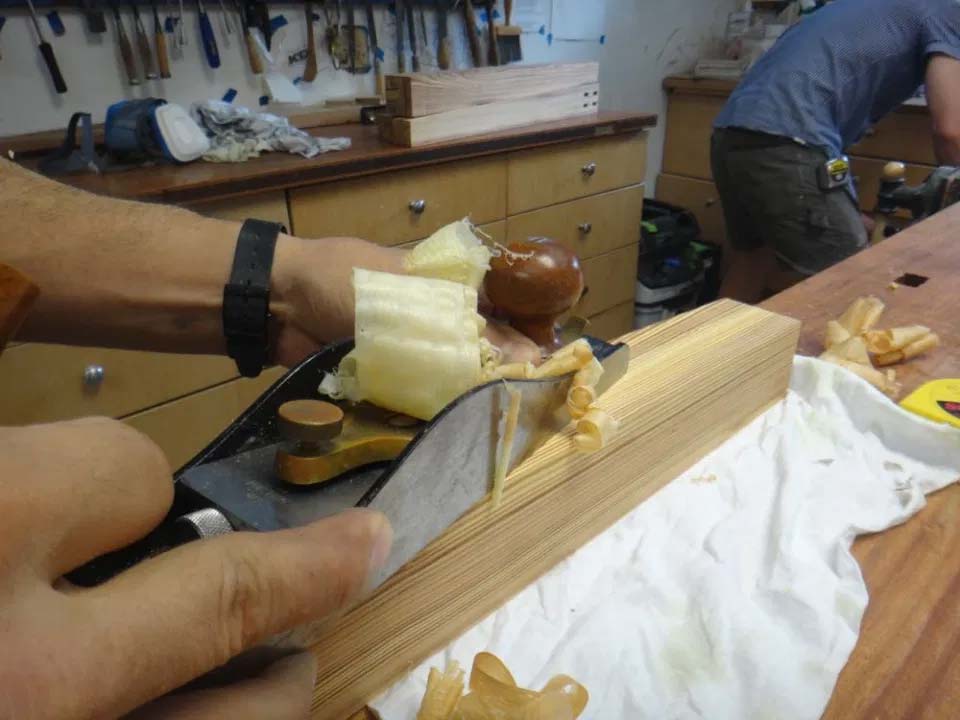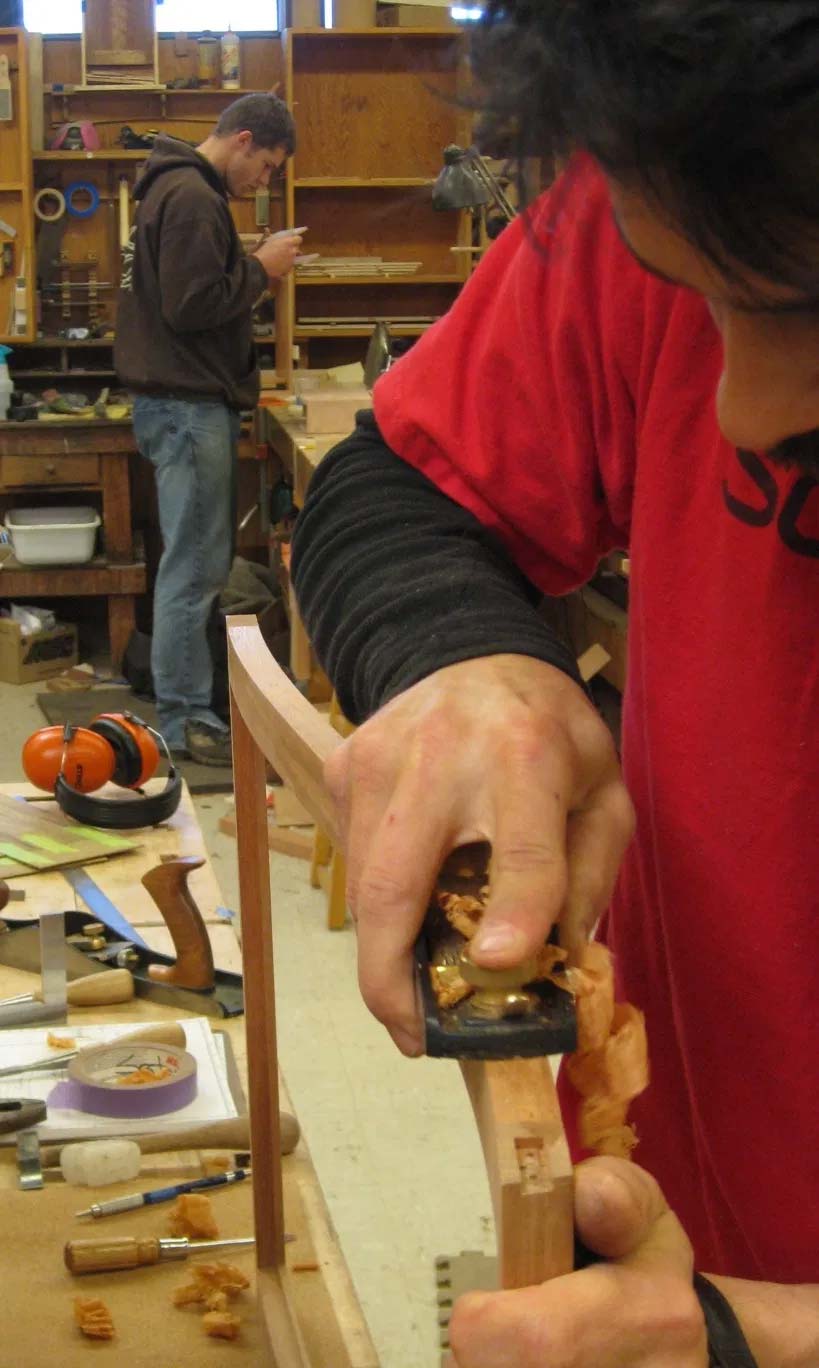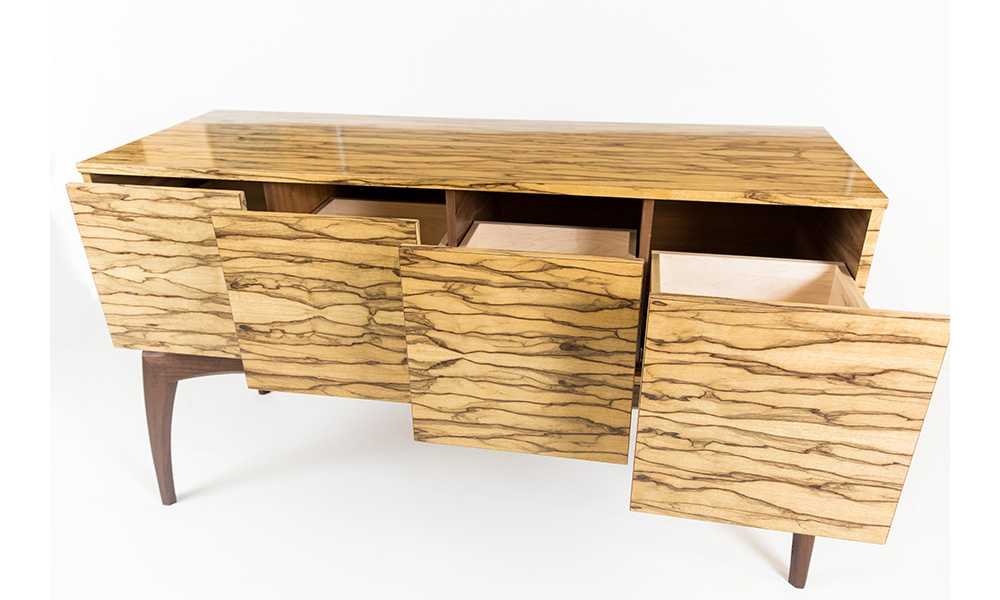Books for Woodworker’s,
During the first three years of my journey to become a woodworker I read every issue of Fine Woodworking magazine and every book on woodworking I could find. The following is a list of books that have been important in my development as a craftsman. I am happy to share it with those having similar inspirations and interests in becoming a fellow craftsman.
The first and most impressionable book I read was James Krenov’s, “The Impractical Cabinetmaker”, which was reprinted later as “The Joys of Cabinetmaking”. He also wrote “ A Cabinet Makers Notebook” and “Worker in Wood”. While you are at it go ahead and get the book that is full of photos of his students work, “ With Wakened Hands”.
“Sam Maloof, Woodworker”, written by Sam Maloof. There is also a DVD that Taunton made that follows him around his home and shop that is worth having as well. I spent a day with Sam in his home and Shop in 2006. A very generous man, everyone loved Sam, when you read his book you’ll know why.
George Nakashima’s, “Soul of a Tree”. The live edge slab table aesthetic was born from this guy’s work. An architect, he learned furniture making from a Japanese internment camp that made his way to Pennsylvania and set up shop and became a world-renowned artist. His daughter has taken over his shop where they still produce work.
Wharton Esherick, “The Journey of a Creative Mind” Wharton also lived in Pennsylvania, not far from Nakashima’s shop, The two never met, Wharton seemed to be a hermit type. A sculpture, a painter and incredibly prolific. An embodiment of post world war two’s American ruggedness.
Bruce Hoadley’s “Understanding Wood Technology” is the most important book to have and understand. It is the technical part of working with the material. If you do not understand wood that honestly, you probably shouldn’t be using it. I have read this book many times.
William Young’s “ The Glue Book” is another technical book that picks up where Hadley’s book leaves off. If you are going to be using wood, you are going to be gluing it together and what glue do you use for the certain application? Well, this book is necessary to begin understanding all the different glues and their properties.
Tage Frid “ Teaches Woodworking”, there are three volumes of very simple and understandable projects. Joinery, veneering and furniture making all in their own hard cover books. Even if you have no interest in the projects you are able to see a bunch of different ways furniture is constructed. Tag Frid emigrated here from Denmark and went to teach a Rhode Island School of Design. There is also A Taunton DVD of Tage that is worth watching.
Bob Flexner’s, “Wood Finishing”. A technical manual on wood finishes with little about their application. There are not enough books about wood finishing, trust me you will need all the help you can get about finishes and this is where to start.
Ron Hock’s ”Perfect edge” I met Ron while at the College of Redwoods. He is a charming and generous man that has supplied plane irons to the school and later, to woodworker’s all over the world for many years. His book is essential if you want to learn how to sharpen and understand the edges of your steel.
SIlas Kopf, Marquetry Odyssey. Silas is an amazing craftsman and is book goes over the history and how to of marquetry as well as having excellent photographs of his work and others.
Louis Major Elle, “Master of Art Nouveau”. It’s and academic read but the photos, and the work are amazing.
Ruhlmann, “Master of Art Deco”. Another academic read and again, the photos, the work, the history, are all amazing.
David Pye, “The Nature and Art of Workmanship”. Krenov cited Pye’s writing often. Pye writes about the differences of the workmanship of risk and the workmanship of certainty.
There are of course many more books out there but I hope this will get you going in the right direction.

